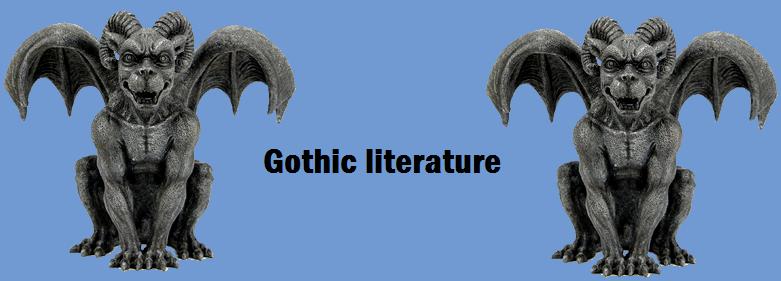Tuesday
Northanger Abbey
Northanger Abbey, a novel by Jane Austin which incredibly reminded me of Pride and Prejudice, didnt really satisfied my thirst for Gothic novel, at least the way i was expecting it to be. Throughout the novel I got an impression that while admiring, she has been mocking Ann Radcliffes The Romance of the Forest and Horace Walpole's Castle of Otranto.
"...it shall be MrsRadciffe's;her novels are amusing enough; they are worth reading; some fun and nature in them."(page 40)
I saw that in the usage of Gothic elements Ann Radcliffe and or Mr.Walpole used, but instead of going with the flow and making it spooky and eerie, Jane Austin makes it very realistic and blunt. Even the characters are mocking the unreality of Gothic literature popular in that time.
"...but on one side perhaps the remains of a broken lute, on the other a ponderous chest which no efforts can open, and over the fire-place the portrait of some handsome warrior."
"Peals of thunder so loud as to seem to shake the edifice to its foundation will roll round the neighboring mountains..." (page 125)
The main Gothic elements are still present. There is a heroine Catherine who we follow through the novel watching her transforming from a child to a woman. There is a villain, Captain Tinley,however, Jane Austin changes it a bit adding more villains to the whole story, probably so that the climax wouldnt come too soon. Saying that, other villains are Frederick Tinley and Mr.Thorpe. All of them contributed to the villainous twistings of a plot.
What is different and interesting from the other novels we read, is how society functions completely different. Women are allowed to be openly coquettes, to talk to men, to perform their own will and so on, being similar to the woman today. However, there are certain rules that had to be followed, such as being introduced to a man before talking to him.
"The master of the ceremonies introduced to her a very gentelmanlike young man as a partner: - his name was Tilney."(page 19)
Very interesting passage is about the authors view of women position in society:
"In marriage, the man is supposed to provide for the support of the woman; the woman to make the home agreeable to the man; he is to purvey, and she is to smile."(page 63)
Subscribe to:
Post Comments (Atom)


No comments:
Post a Comment